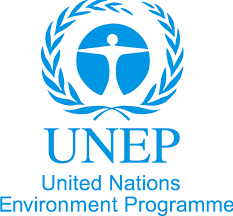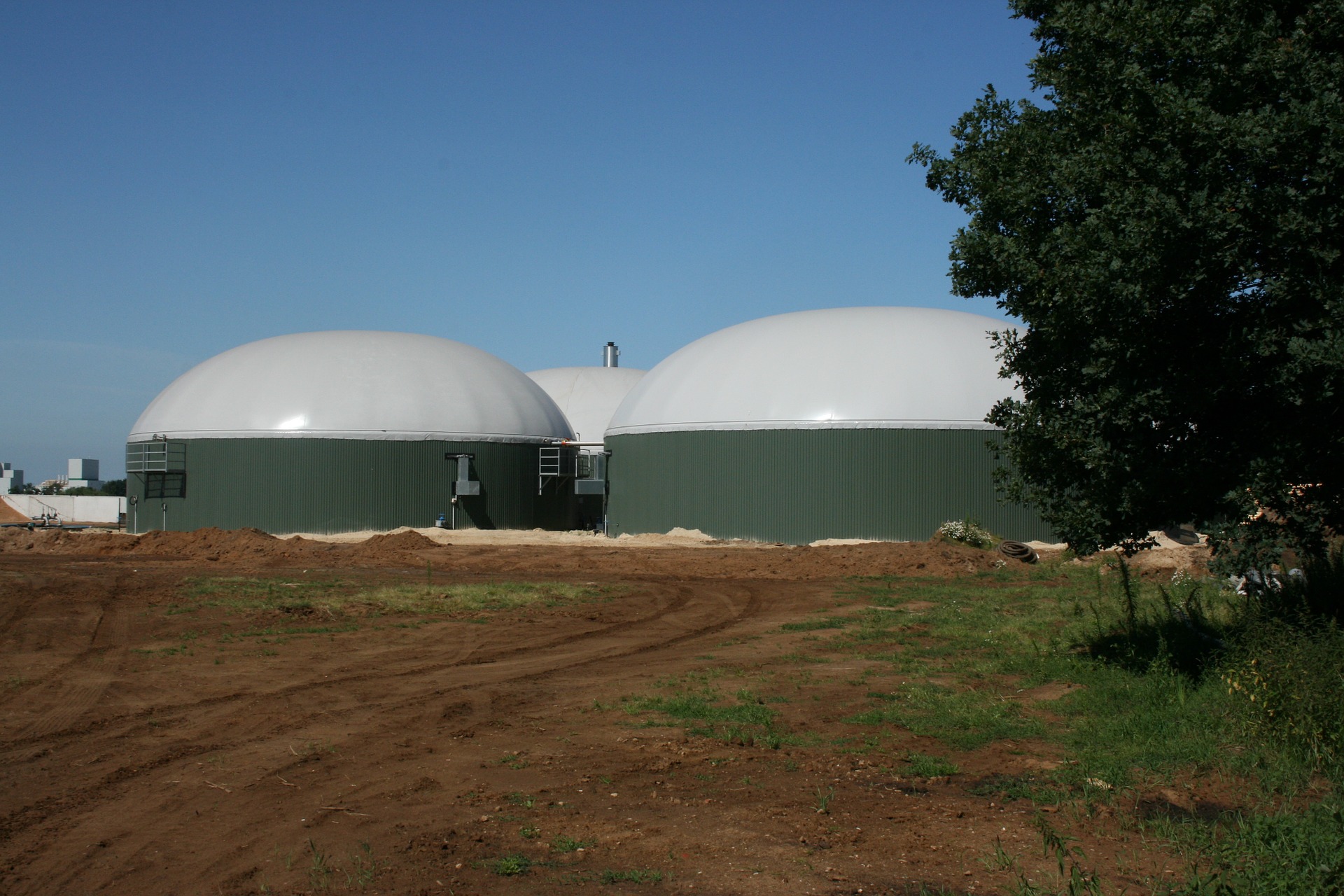 The United Nations Industrial Development Organization (UNIDO) and the Japan External Trade Organization (JETRO) will work closely to support the needs of developing countries by promoting trade and investment between Japan and the developing countries in line with the concept of inclusive and sustainable industrial development.
The United Nations Industrial Development Organization (UNIDO) and the Japan External Trade Organization (JETRO) will work closely to support the needs of developing countries by promoting trade and investment between Japan and the developing countries in line with the concept of inclusive and sustainable industrial development.
A memorandum of understanding on this was signed today by LI Yong, the Director General of UNIDO, and Hiroyuki Ishige, the Chairman and CEO of JETRO. They are attending the Sixth Tokyo International Conference on African Development (TICAD-VI) taking place in the capital of Kenya.
The new partnership will allow UNIDO and JETRO to develop joint cooperation projects and activities aimed at enhancing sustainable industrialization in developing countries and the economies in transition through promoting trade and investment.
Established in 1958 as an entity that would promote Japanese exports abroad, JETRO’s current focus is on encouraging foreign direct investment into Japan and helping small and medium Japanese firms maximize their global export potential.
Source: unido.org


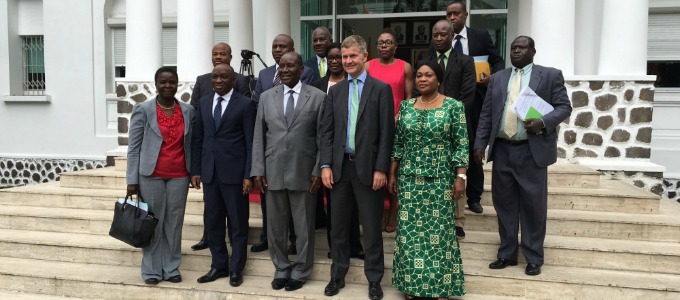
 Erik Solheim just concluded a two-day visit to Abidjan, a first for a Head of UN Environment in Côte d’Ivoire. The visit provided an opportunity to present the priorities of his mandate and discuss key environmental challenges constraining the country’s development process as it aspires to lift thousands out of poverty.
Erik Solheim just concluded a two-day visit to Abidjan, a first for a Head of UN Environment in Côte d’Ivoire. The visit provided an opportunity to present the priorities of his mandate and discuss key environmental challenges constraining the country’s development process as it aspires to lift thousands out of poverty.


 Norway is one of the most developed countries in the world when it comes to renewable energy sources, the use of oil resources and the profits that the state has of these resources. Serbia and Norway cooperate very actively last 15 years. A large part of the aid is realized through a close and direct cooperation between Norwegian and Serbian governments. There are several great investors such as Telenor that take care of protection of environment and social problems through foundations. Some of those companies act through programmes and innovations. Important priorities in this cooperation are energy and environmental issues, reform of security, justice and domestic sector etc. During holidays we spent few hours with ambassador of Norway in Serbia, Mr Arne Sanes Bjornstad and ask him what he thinks about Serbia and our possibilities for better using of renewable sources of energy, and responsibility of companies which operate in Serbia and have influence on environmental issues. Here is what he said for Energy Portal of Serbia.
Norway is one of the most developed countries in the world when it comes to renewable energy sources, the use of oil resources and the profits that the state has of these resources. Serbia and Norway cooperate very actively last 15 years. A large part of the aid is realized through a close and direct cooperation between Norwegian and Serbian governments. There are several great investors such as Telenor that take care of protection of environment and social problems through foundations. Some of those companies act through programmes and innovations. Important priorities in this cooperation are energy and environmental issues, reform of security, justice and domestic sector etc. During holidays we spent few hours with ambassador of Norway in Serbia, Mr Arne Sanes Bjornstad and ask him what he thinks about Serbia and our possibilities for better using of renewable sources of energy, and responsibility of companies which operate in Serbia and have influence on environmental issues. Here is what he said for Energy Portal of Serbia. Mr. Bjonstard: Serbia is a country rich with renewable energy sources ranging from biomass to hydro, solar and wind. However, in spite of this high potential, the renewable energy sector in Serbia has yet to be developed. One of the first big steps towards developing the renewable energy sector in Serbia was when the Serbian government adopted in 2011 a new energy law, wich included renewable energy as a complementary part. According to SIEPA, there are a number of projects underway in the field of renewable energy in Serbia. It is estimated that over the next five to seven years, Serbia has potential to attract at least two billion euro in renewable energy facilities investment. In addition to this, we should not forget that energy and environmental protection is very important for Serbia’s EU integration, as these areas together with agriculture, make over a half of total EU standards that Serbia is due to harmonise during negotiation process, It is important that Serbia continues with harmonization process and that public authorities take into account the environmental protection when deciding on the development projects.
Mr. Bjonstard: Serbia is a country rich with renewable energy sources ranging from biomass to hydro, solar and wind. However, in spite of this high potential, the renewable energy sector in Serbia has yet to be developed. One of the first big steps towards developing the renewable energy sector in Serbia was when the Serbian government adopted in 2011 a new energy law, wich included renewable energy as a complementary part. According to SIEPA, there are a number of projects underway in the field of renewable energy in Serbia. It is estimated that over the next five to seven years, Serbia has potential to attract at least two billion euro in renewable energy facilities investment. In addition to this, we should not forget that energy and environmental protection is very important for Serbia’s EU integration, as these areas together with agriculture, make over a half of total EU standards that Serbia is due to harmonise during negotiation process, It is important that Serbia continues with harmonization process and that public authorities take into account the environmental protection when deciding on the development projects.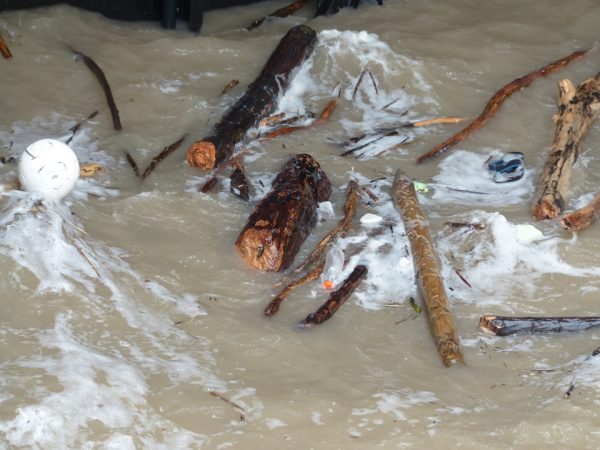

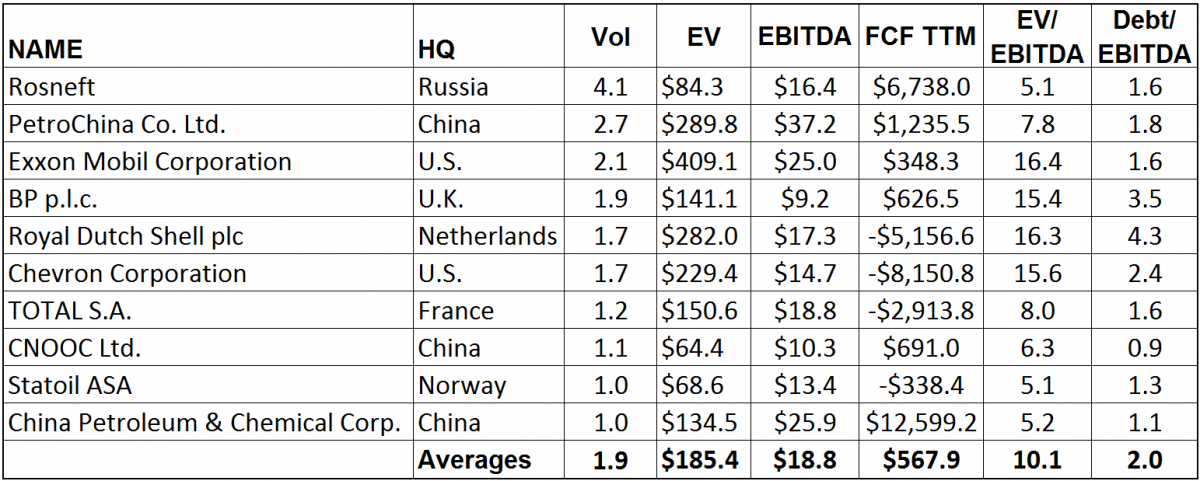



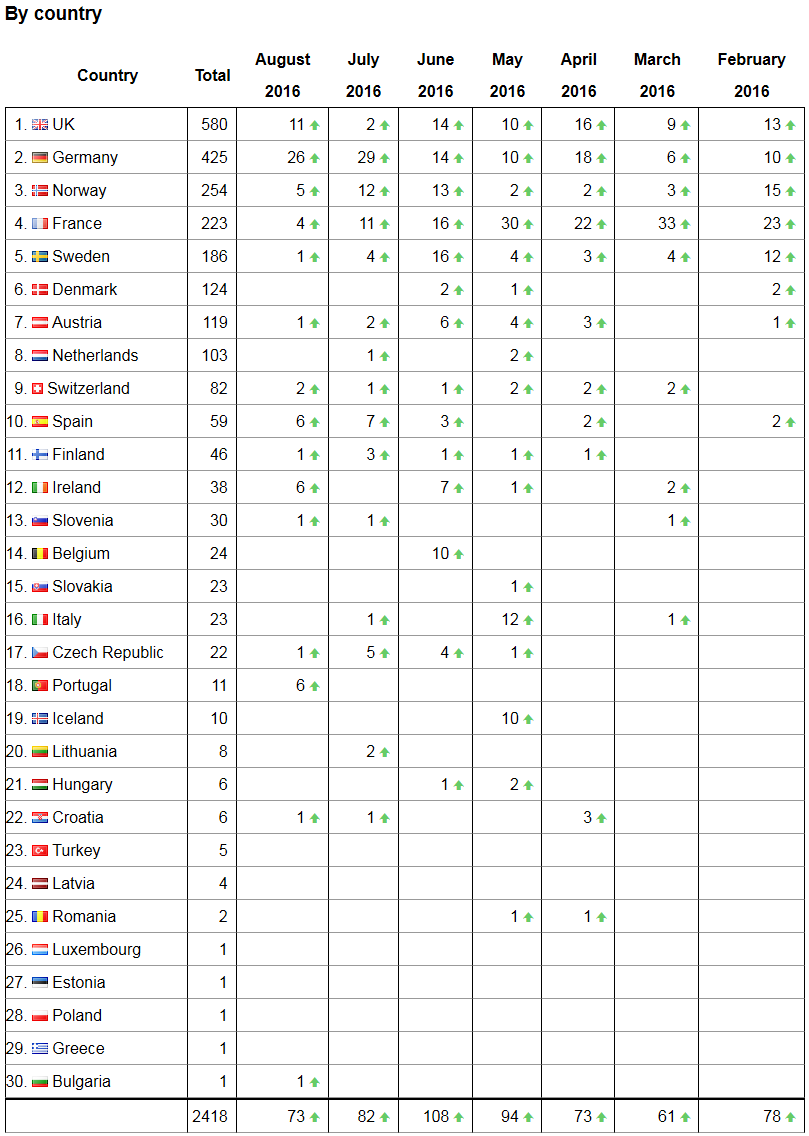
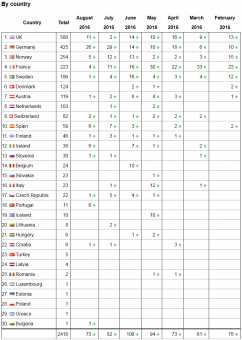 More than 600 CCS Combo chargers have been installed in Europe so far this year according to data from the CCS Charge Map. The total number of stations now stand at 2,418 and includes 2,186 that are open to the public 24/7, and 218 (either not 24/7, or at least not confirmed as open 24/7).
More than 600 CCS Combo chargers have been installed in Europe so far this year according to data from the CCS Charge Map. The total number of stations now stand at 2,418 and includes 2,186 that are open to the public 24/7, and 218 (either not 24/7, or at least not confirmed as open 24/7).

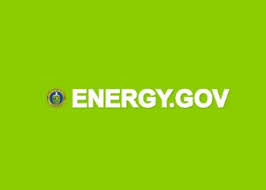

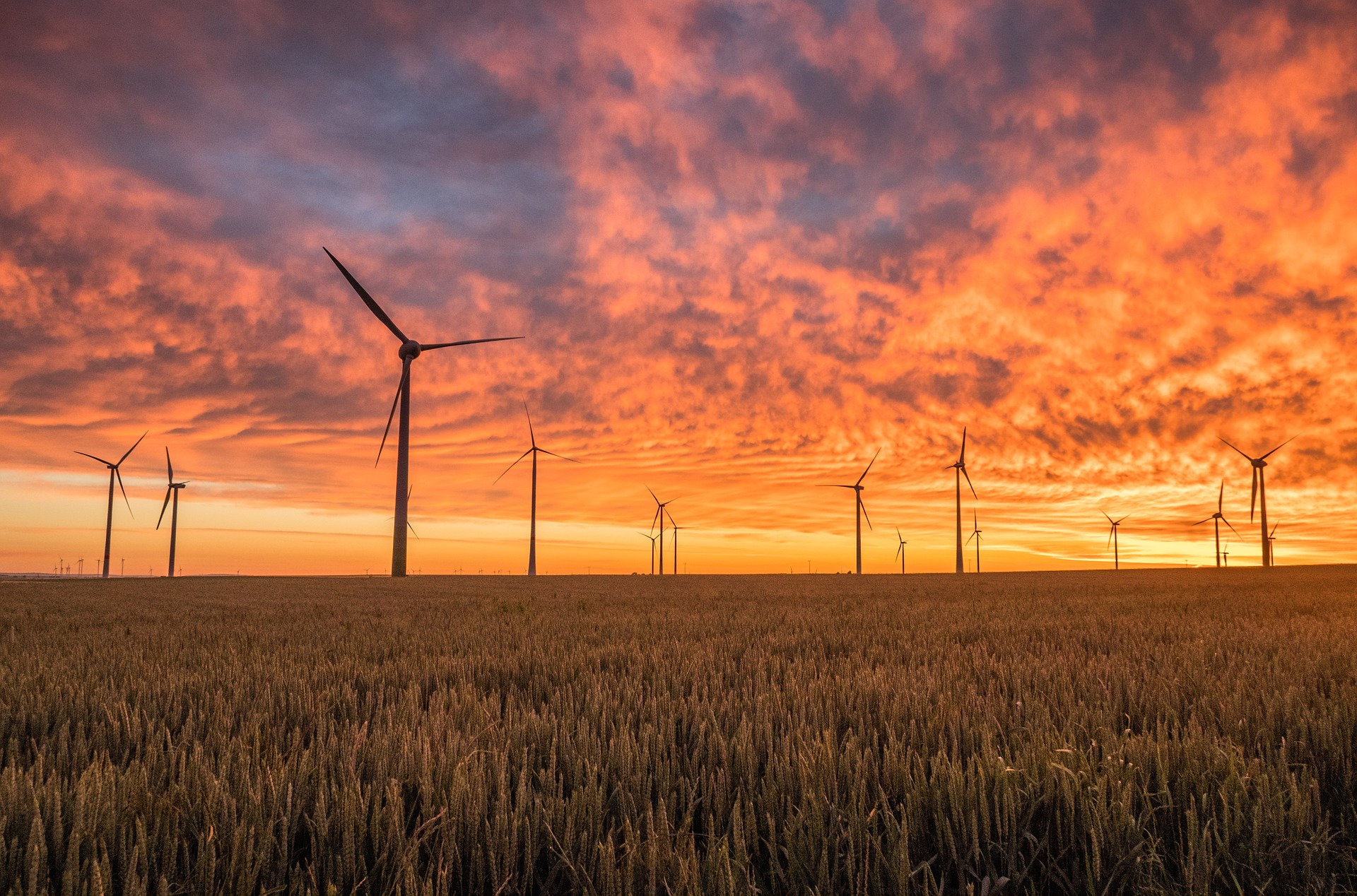


 The Federal Energy Regulatory Commission (FERC) has issued a new 30-year operating license for Duke Energy’s Keowee-Toxaway Hydroelectric Project, which will allow the company to continue operating the Jocassee Pumped Storage Hydro Station, Keowee Hydro Station and associated lakes.
The Federal Energy Regulatory Commission (FERC) has issued a new 30-year operating license for Duke Energy’s Keowee-Toxaway Hydroelectric Project, which will allow the company to continue operating the Jocassee Pumped Storage Hydro Station, Keowee Hydro Station and associated lakes.

